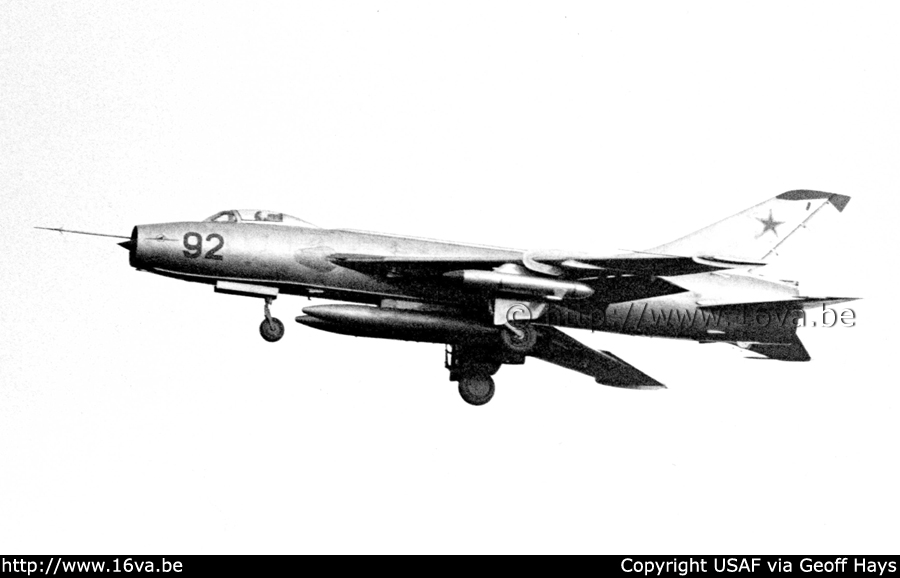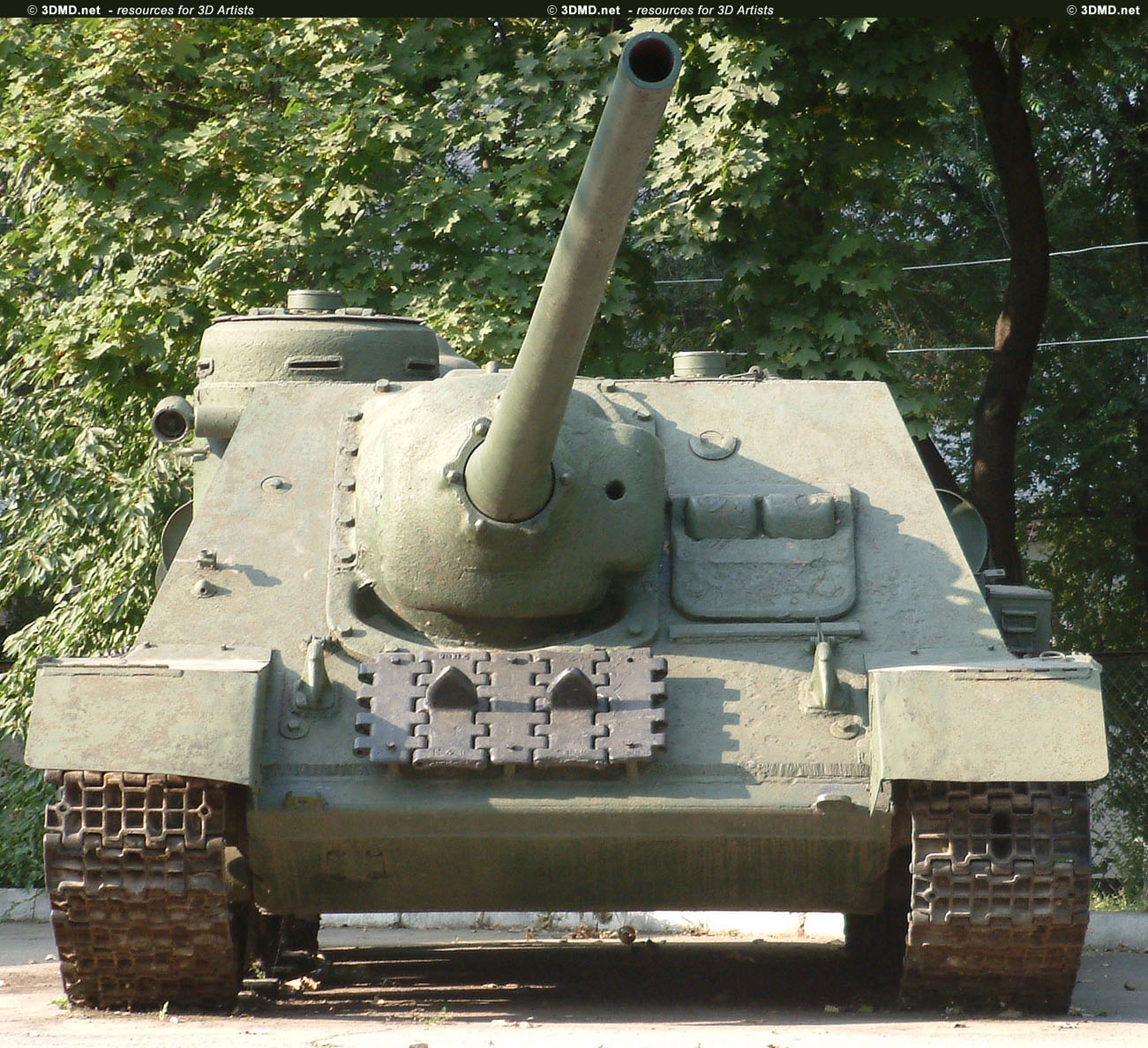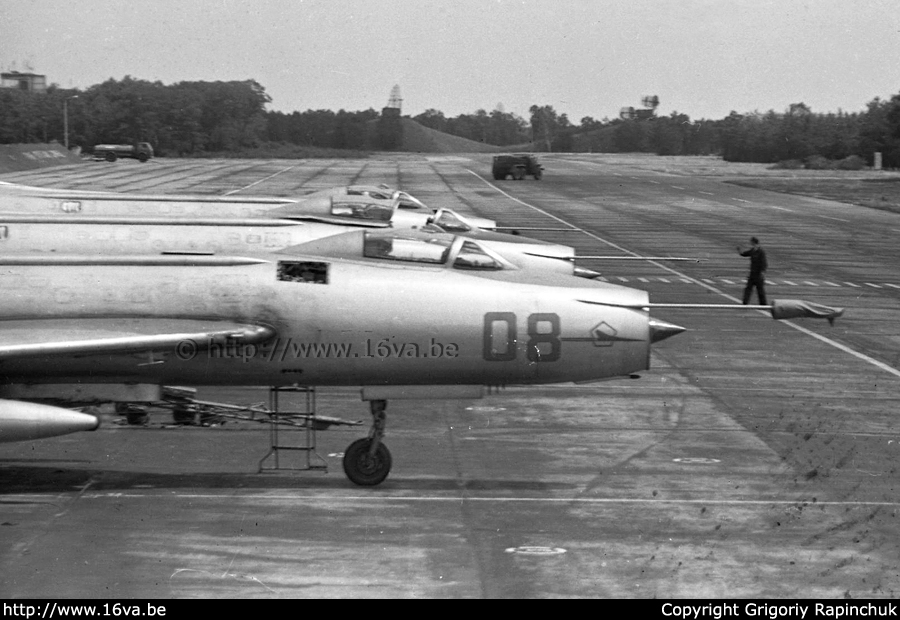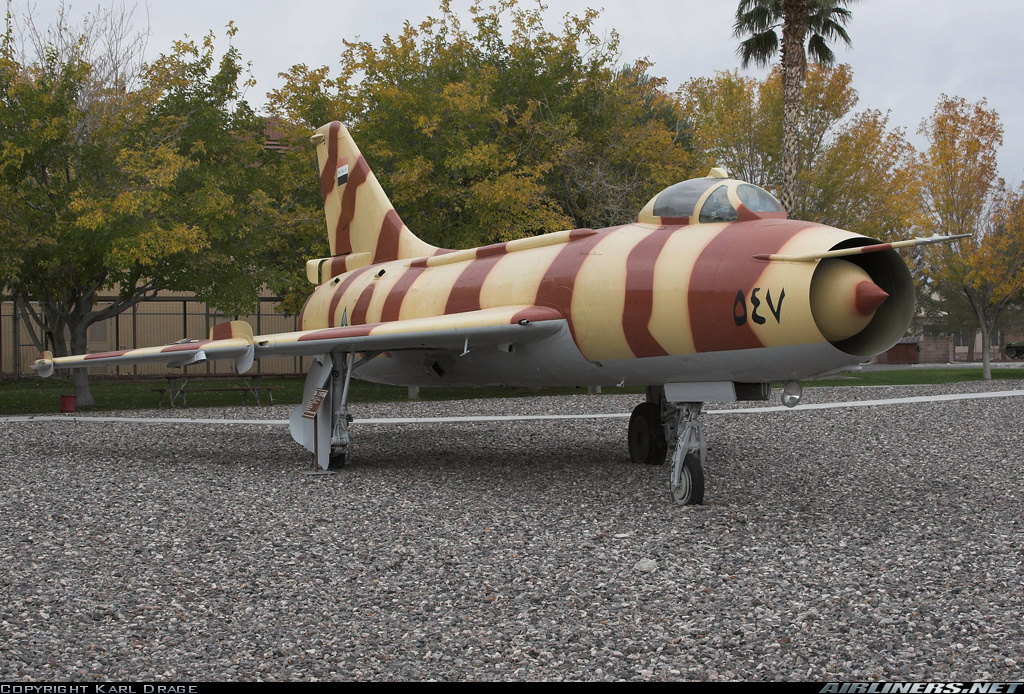Su7BKL 6514 Czechoslovakia

Su7BM
Su-7 Fitter Pictures: Su-7 FITTER A (SUKHOI) Specifications; Country of Origin:. Drop Tanks: 600 L drop tank with 479kg for 69 nm range Ferry tank with 719kg for 99nm range: Sensors:
Sukhoi Su7 BKL Fitter walkaround (Aviation Museum of Riga)
The Sukhoi Su-7 (NATO codename of "Fitter-A") was a single-seat, single engine jet-powered fighter in service with the Soviet Air Force (Frontal Aviation) throughout the 1960s.
Sukhoi Su7 BKL Fitter walkaround (Aviation Museum of Riga)
The Sukhoi Su-7 is a single seat ground attack aircraft that was long a standard tactical fighter-bomber with the Soviet Air Force. The development of Su-7 began in the early 1950's. First.

SU122 tank destroyer on display at the Memorial Complex of the Ukrainian State (additional
Description The Sukhoi Su-7 (NATO codename of "Fitter-A") was a single-seat, single engine jet-powered fighter in service with the Soviet Air Su-7 Fitter view image Force (Frontal Aviation) throughout the 1960s.
Sukhoi Su7 BKL Fitter walkaround (Aviation Museum of Riga)
The Su-7U and the Su-7UM were trainer variants. The Su-7 is equipped with two 30 mm NR-30 machine guns with 70 rounds each and it is able to carry bombs, missiles or rocket pods on four external pylons and on two fuselage hardpoints it can carry external fuel tanks with a weight up to 4000 kg. Today only the North Korean Air Force operates the.

Su7BKL 6514 Czechoslovakia
Although the Su-7 had an impressive performance, with a maximum speed of 1056 mph (1700 km/h) at 40,000 feet (12,190 m) and an initial climb rate of 29,900 ft/min (152 m/sec), its obvious handicaps were an overly modest radius of action and limited external stores carriage.
Sukhoi Su7 BKL Fitter walkaround (Aviation Museum of Riga)
The Su-7 was rugged in its simplicity, but its Lyulka AL-7 engine had such high fuel consumption that it seriously limited the aircraft's payload, as even short-range missions required that at least two hardpoints be used to carry drop tanks rather than ordnance. There were some limitations that really affected its operating life.

Su7 AvtoExport
The SU-76 ( Samokhodnaya Ustanovka 76) was a Soviet light self-propelled gun used during and after World War II. The SU-76 was based on a lengthened version of the T-70 light tank chassis and armed with the ZIS-3 mod. 1942 76-mm divisional field gun. Developed under the leadership of chief designer S.A. Ginzburg (1900-1943).

SU The Tank Destroyer Photo Front
The Sukhoi Su-7 (NATO designation name: Fitter-A) was a swept wing, supersonic fighter aircraft developed by the Soviet Union in 1955. Originally it was designed as tactical, low-level dogfighter, but was not successful in this role. On the other hand, soon-introduced Su-7B series became the main Soviet fighter-bomber and ground-attack aircraft of the 1960's. The Su-7 was rugged in its.

Pin on the tankssss
Sukhoi Su-7 NATO designation Fitter) was a swept wing, turbojet -powered fighter-bomber used by the Soviet Union and its allies. The prototype, designated S-1 'Strela,' first flew on 7 September 1955, and was first revealed to the world at the 1956 Aviation Day at Tushino. Its wing planform was devised during the Korean War TsAGI, the Soviet.

Su7 AvtoExport
The most suitable candidate was the Sukhoi Su-7 fighter jet, taken as the basis for the Su-7B fighter-bomber project. By the end of 1958, the first prototype was ready with the new AL-7F-1 engine. For almost two years, the aircraft underwent intensive testing and refinement, and in 1960 the new fighter-bomber went into mass production.

Пин на доске Armored Fighting Vehicles
The S-2 soldiered on in trials by itself until the first "production" Su-7 was built in the spring of 1958, being delivered from State Factory #126 at Komsomol'sk-na-Amure, in the extreme Soviet Far East on the Amur River. Incidentally, the term "Komsomol" was the name of the Soviet youth organization, which had helped build the town in the 1930s.
Tank Archives SU7 Ergonomics
The SU-76 ( Samokhodnaya Ustanovka 76) was a Soviet self-propelled gun used during and after World War II. The SU-76 was based on a lengthened and widened version of the T-70 tank chassis. Its simple construction made it the second most produced Soviet armoured vehicle of World War II, after the T-34 tank.

Su7BM
The Sukhoi Su-7 ( NATO designation name: Fitter-A) was a swept wing, supersonic fighter aircraft developed by the Soviet Union in 1955. Originally, it was designed as tactical, low-level dogfighter, but was not successful in this role.

Pin on bAirRusSU7/17/22 Fitter
The Sukhoi Su-7 was a Soviet fighter and fighter-bomber aircraft developed in the 1950s. It had a swept wing design with a 60-degree angle and a single air intake in the nose with a movable cone. The Su-7 was powered by a Lyulka AL-7 turbojet engine with afterburner, which gave it a top speed of over 2,000 km/h.

Sukhoi Su7BM Iraq Air Force Aviation Photo 1154983
The Su-7 is armed with two 30mm NR-30 guns in wing roots, each with 70 rounds. Under-wing pylons allow two 742 kg or two 495 kg of bombs or rocket pods. The wings are mid- to low-mounted (wings are mounted below center of aircraft) with wide wing roots, swept-back, and tapered with blunt tips. There is one engine in the body.